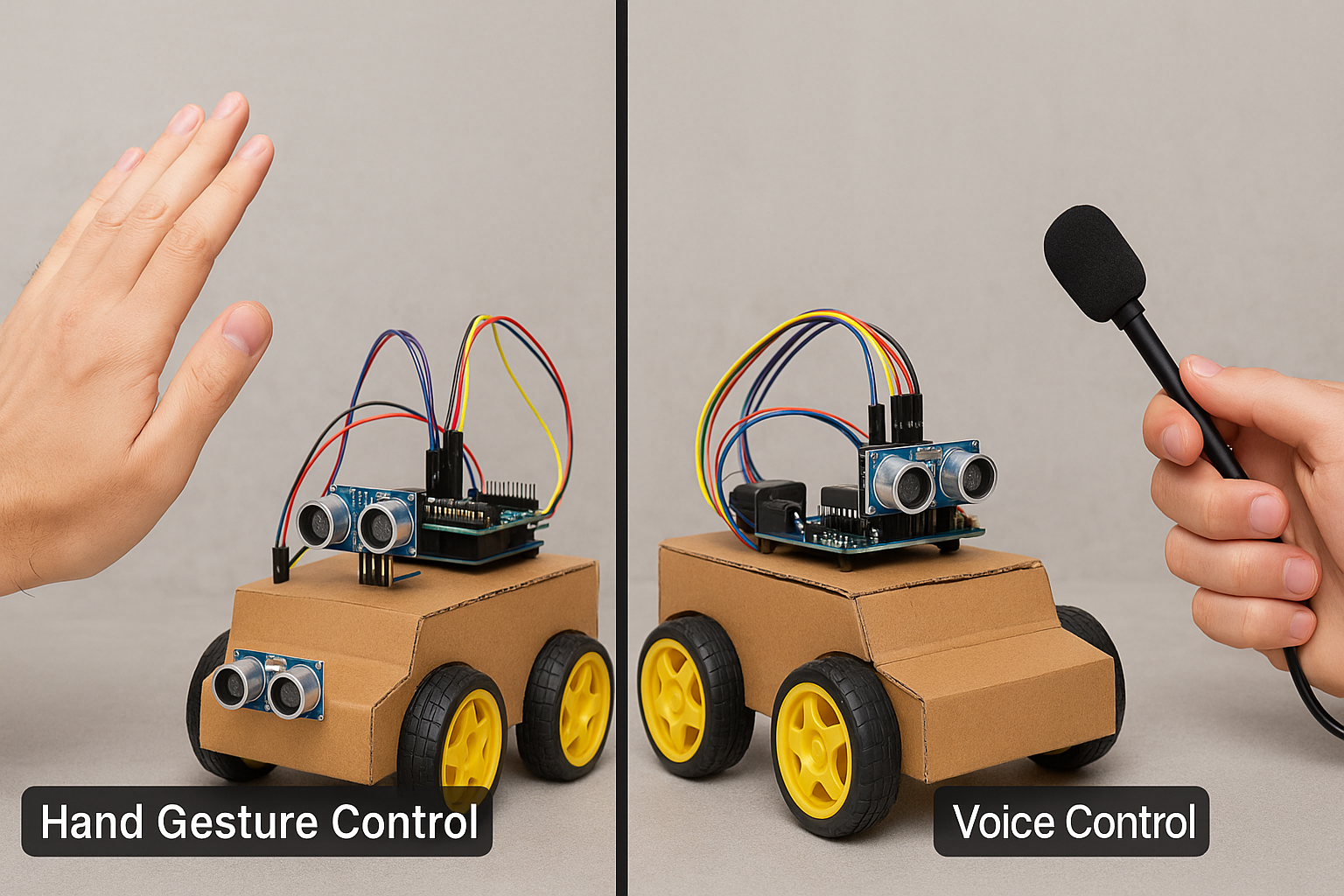Arduino Project – Build Smart Hardware with Sensors, Automation & Real-World Interactions
An Arduino Project involves building interactive hardware systems using Arduino microcontrollers, enabling automation, sensor integration, and real-world physical computing solutions. These projects use open-source electronics to connect sensors, actuators, and various modules, helping users prototype everything from simple gadgets to smart IoT devices. Arduino's simplicity and flexibility make it ideal for both beginners and experienced developers in robotics, home automation, and embedded systems.
Watch Video
Overview and Purpose
Arduino projects are developed to bring software logic into physical interaction with the environment, enabling automation and smart control systems. Whether you're creating a smart lighting system, a weather station, or a robotic arm, Arduino serves as a programmable foundation for real-world applications. These projects are widely used in education, prototyping, hobby electronics, and product innovation. The purpose is to empower individuals to design intelligent systems that sense, process, and act on environmental inputs.

Key Features of the Arduino Project – Build Smart Hardware with Sensors, Automation & Real-World Interactions
Easily connect temperature sensors, motion detectors, servos, LEDs, and more to enable dynamic input/output behavior. Supports rapid prototyping of interactive and responsive systems.
Arduino software and hardware are fully open-source, encouraging collaboration and customization across a global maker community. Extensive libraries and examples simplify development for all skill levels.
Process inputs from sensors and execute logic instantly using Arduino’s real-time capabilities. Enables creation of autonomous or semi-autonomous systems.
Arduino boards support serial communication via USB, Bluetooth, Wi-Fi, and other modules. Enables integration with mobile apps, cloud services, or PC interfaces.
Projects can start on a breadboard for testing and later be transferred to custom PCBs for permanent builds. Encourages iterative development and hardware design learning.